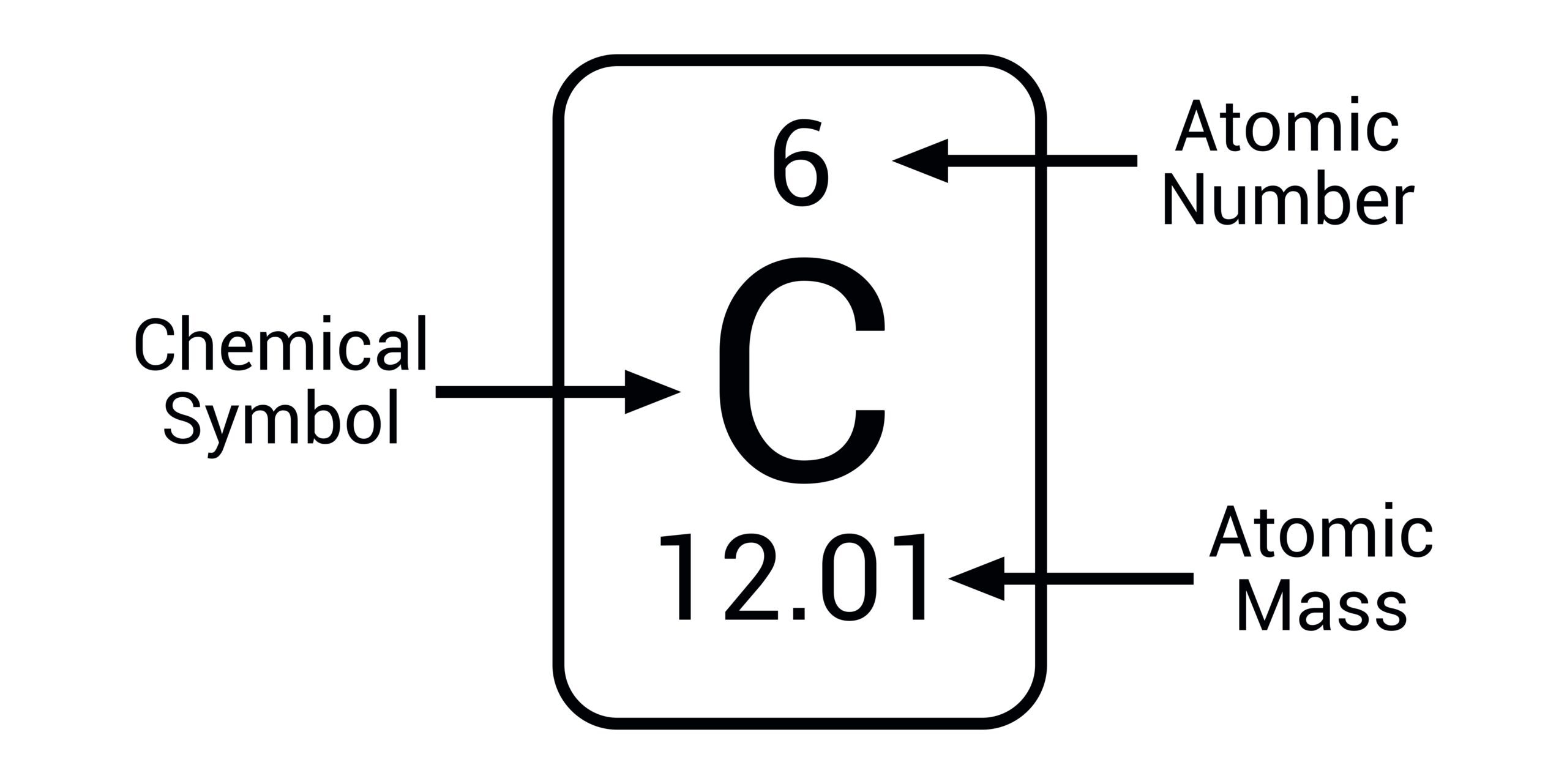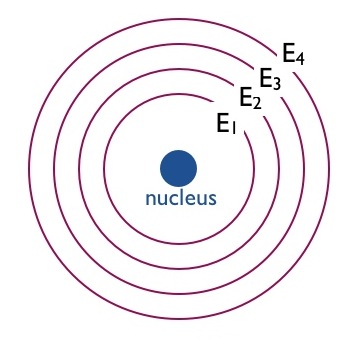The Atom
Parts of an Atom
An atom is the basic unit of matter, composed of three subatomic particles: protons, neutrons, and electrons.
1. Protons:Positively charged particles found in the nucleus of an atom. Each proton carries a fundamental unit of positive electric charge, denoted as +1. The number of protons in an atom determines its atomic number, defining its chemical identity.
2. Neutrons:Electrically neutral particles, also found in the nucleus alongside protons. Neutrons have a mass similar to that of protons but carry no electric charge. They contribute to the atomic mass of an atom.
3. Electrons:Negatively charged particles orbiting the nucleus in electron shells or energy levels. Electrons are much smaller and lighter than protons and neutrons. The number of electrons in an atom is typically equal to the number of protons, ensuring the atom maintains overall electrical neutrality.
Structure of the Atom
The structure of an atom is commonly depicted as a central nucleus surrounded by orbiting electrons. The nucleus contains protons and neutrons, tightly packed together, while electrons occupy specific energy levels or shells around the nucleus.
The nucleus, consisting of protons and neutrons, contributes most of the atom's mass and is extremely dense compared to the surrounding electron cloud. The electrons, arranged in distinct energy levels, determine the chemical behavior and reactivity of the atom.

